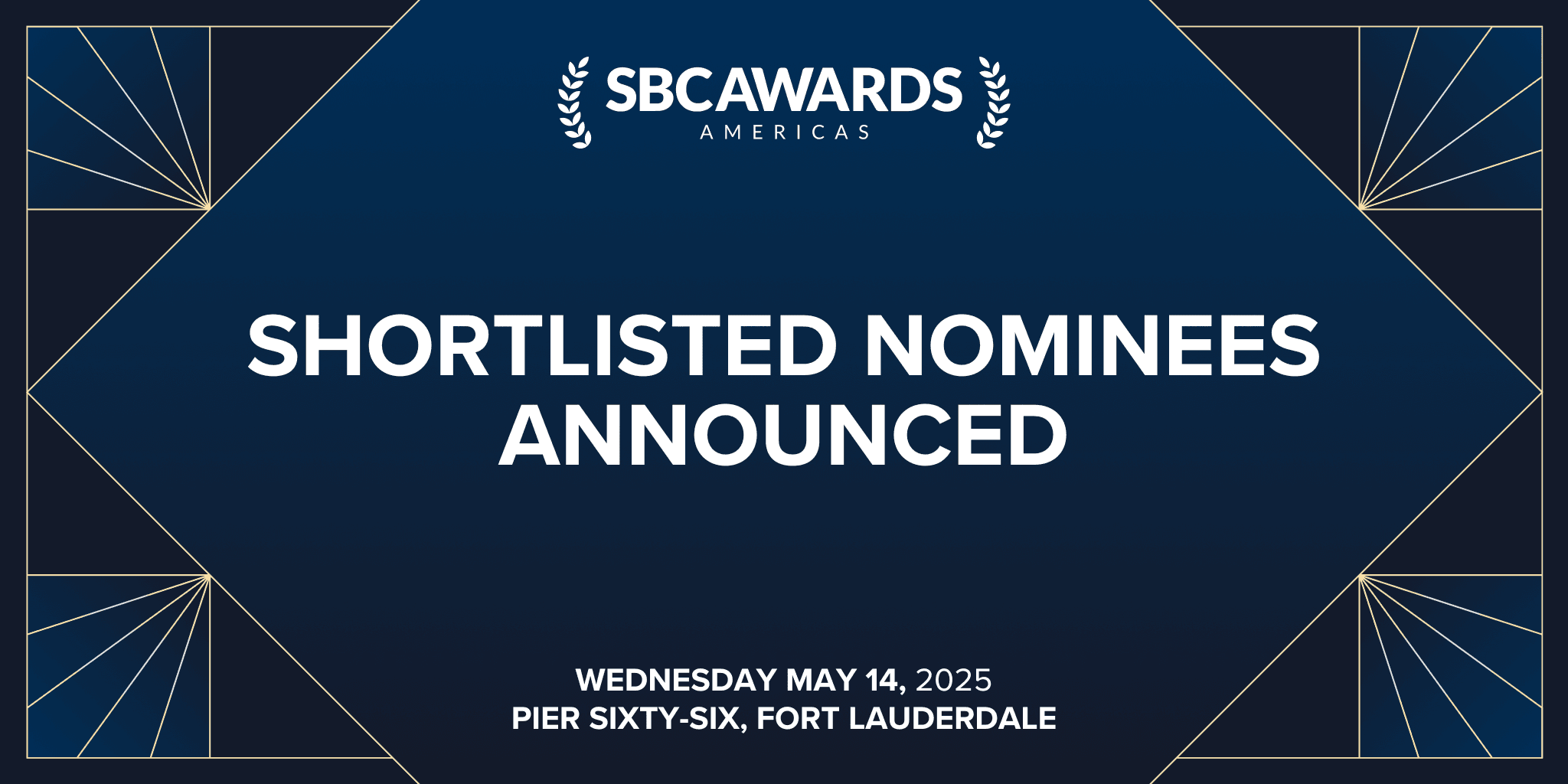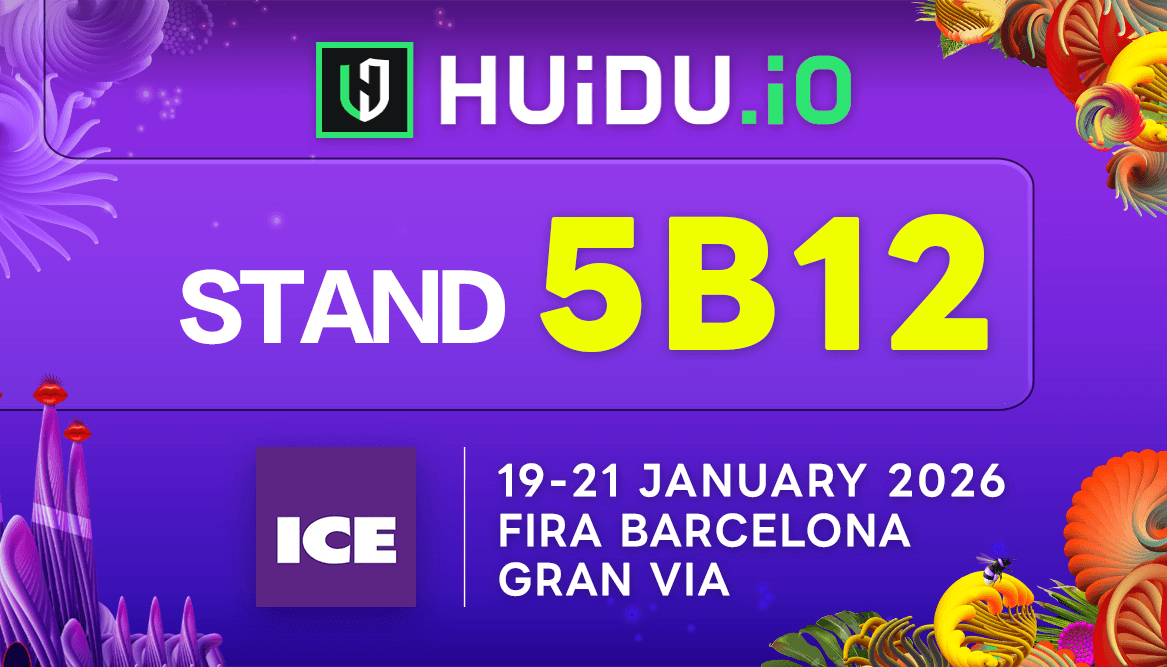
Growth is driven by individual sports betting, live dealers, live streaming, and mobile platforms. New licenses and provincial regulation will shape the landscape by 2025.
Canadian iGaming is becoming a North American hotspot. With Ontario at its core, 50 operators serve 83 websites . Under strict licensing and technical regulations, players enjoy a richer and more secure digital gambling selection. Each province has its own regulatory framework, fostering differentiated development within a common compliance framework. These encompass segments such as online casinos, sports betting, live dealers, live/in-play betting, and poker .
Ontario's impressive data: Scale and compliance go hand in hand
As of Q2 of the 2024–25 fiscal year , total online gambling spending in Ontario exceeded CAD$22.7 billion , a 32% year-over-year increase. By Q4 , there were approximately 997,000 active accounts , with an average monthly spending of approximately CAD$277 per person . These data confirm the significant demand for regulated digital casinos and the effectiveness of the provincial compliance framework in terms of player protection, anti-money laundering, and technical standards .
Single-match betting releases incremental growth, and sports becomes a traffic portal
Since Bill C-218 (2021) legalized single-sport betting nationwide, provinces have been able to independently launch single-game betting . Ontario alone saw sports betting revenue reach CAD$3.4 billion in the third quarter of the 2024-25 fiscal year , a 10% year-over-year increase . Football, ice hockey, and the four major North American leagues have become the primary drivers of traffic and retention.
Live Dealers and Live Streaming: The "Third Space" Between Online and Offline
Live dealers recreate the desktop experience through studio/casino live broadcasts, superimposing real-time bullet comments, social interactions and commentary to bring players closer to the content. Live broadcasts are becoming the content and marketing hub of the platform :
- Real-time game interaction and community participation
- Collaborate with anchors/content creators to divert traffic
- Live dealers and high-quality audio and video immersive experiences
This "social + content" trend extends conversation duration and improves the efficiency of new game discovery.
Mobile First and Revenue Growth Outlook
Mobile is the primary growth driver: 11.8 million mobile game users in 2023 are expected to reach 14.1 million in 2028 ; market revenue is projected to reach nearly $1.96 billion in 2025 , rising to $2.48 billion by 2029. Platforms are optimizing the mobile experience with PWA/native apps , low-latency streaming , and integrated wallets to support 24/7 usage.
Safety and responsibility: the underlying constraints on growth
Operators are strengthening responsible gambling through strong encryption, risk control engines, KYC/AML, limits, and self-exclusion measures . Under strict provincial scrutiny, "high-return casinos" must simultaneously meet fairness, RTP disclosure, independent testing , and data transparency requirements to ensure the security of funds and data.
Outlook 2025: New licenses and increased channelization rates
With the issuance of new casino licenses and the expansion of online gaming , provinces will continue to increase channelization and reduce illegal gambling activities. Ontario's proven experience (a dual-track approach of licensing and technology) may serve as a model for other provinces. Overall, provincial regulation, mobile-first development, live streaming, and live dealers will collectively shape Canada's iGaming landscape by 2025: a new era of "safety, engagement, and growth."



 2025-10-06
2025-10-06















